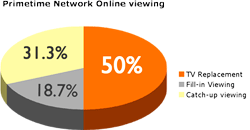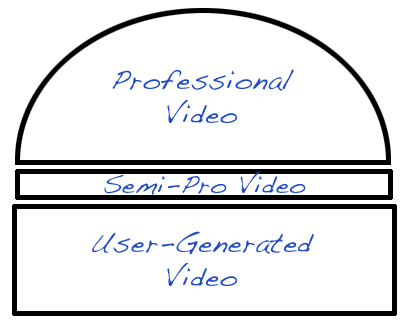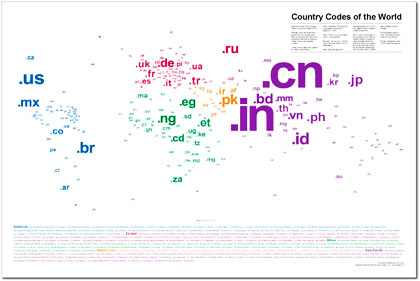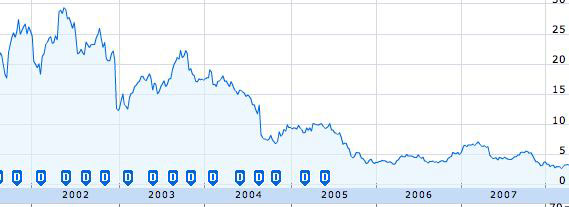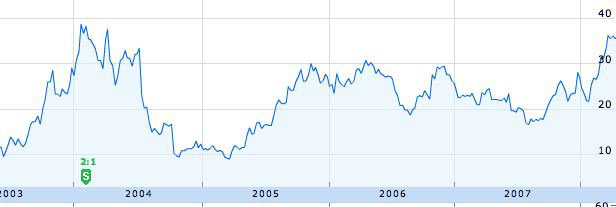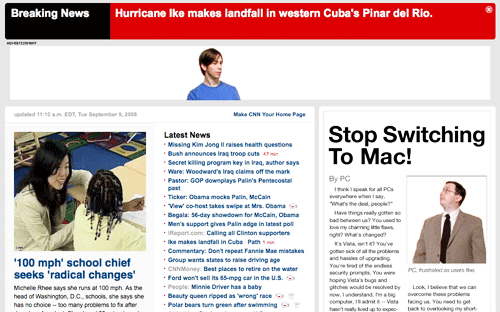
Just stumbled across some of the new online display ads for the Mac vs. PC Guy campaign on CNN.com. They talk to each other from different ad placements on the same page. Very well done. I wonder what Seinfeld has up his sleeve for the folks in Redmond?I was talking to an ad exec recently who mentioned that the agency behind the upcoming Microsoft/Seinfeld campaign Crispin Porter + Bogusky almost exclusively use Macs in their office. When an agency lands a big client they usually begin using their products religiously, but apparently the folks at Crispin Porter + Bogusky have no intention of switching to PCs until they can convince themselves through their own marketing efforts that they should. Think they’ll switch to PC? Me neither.

